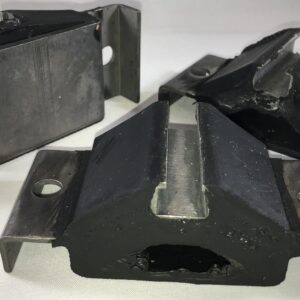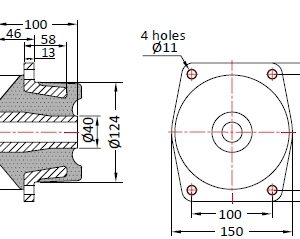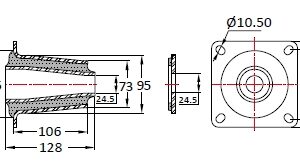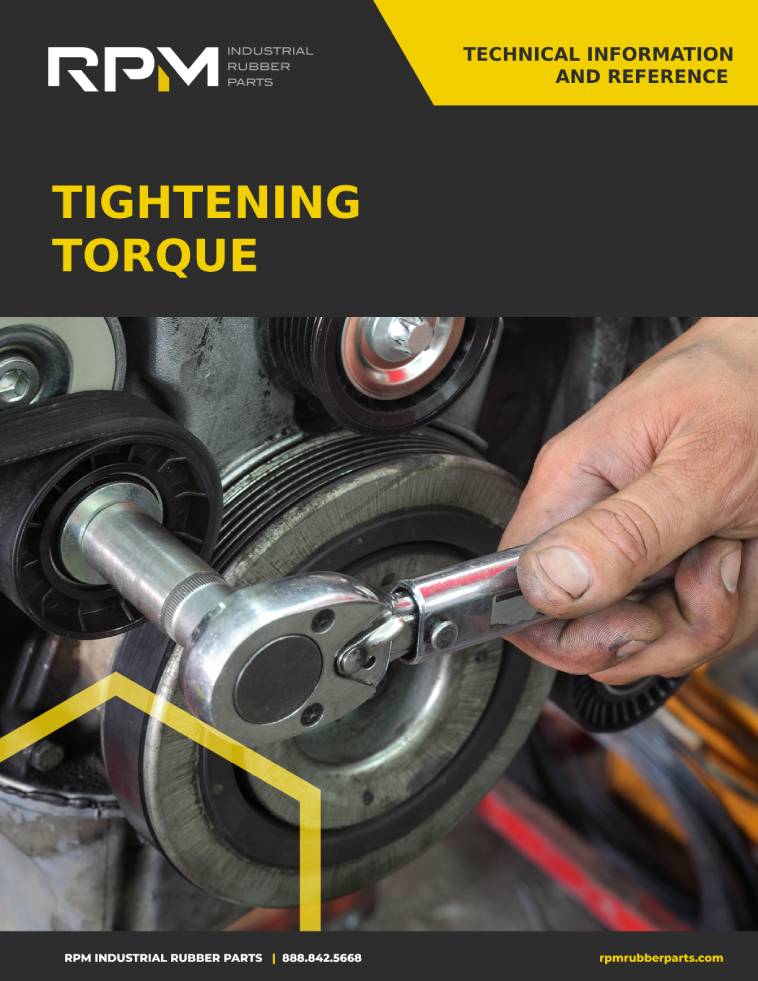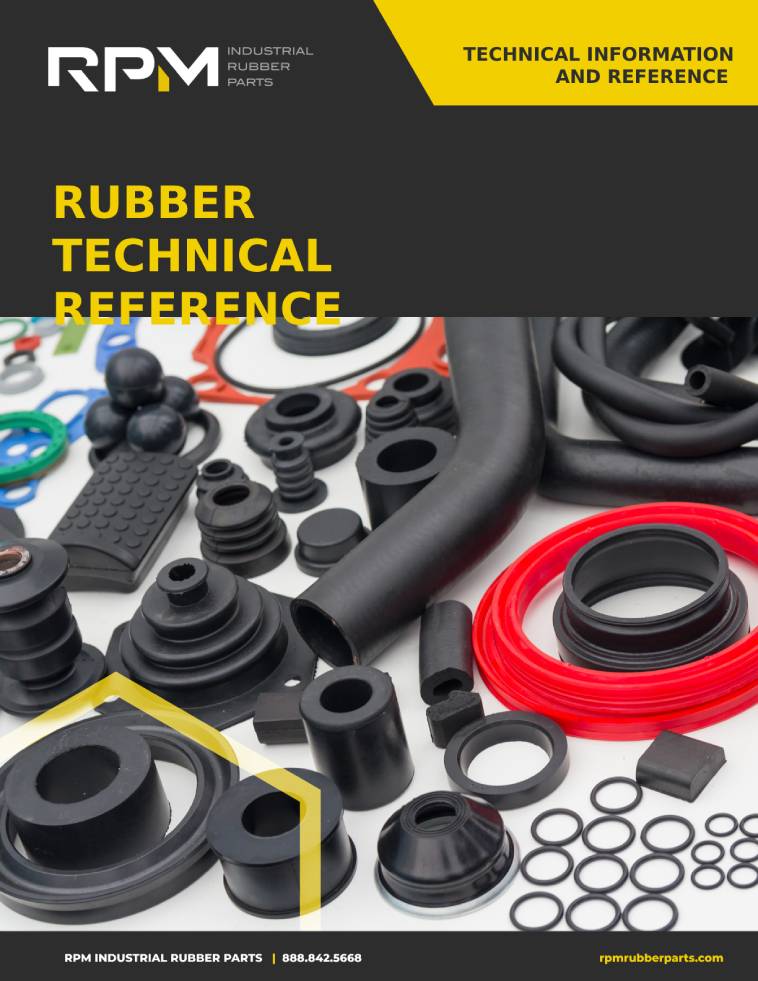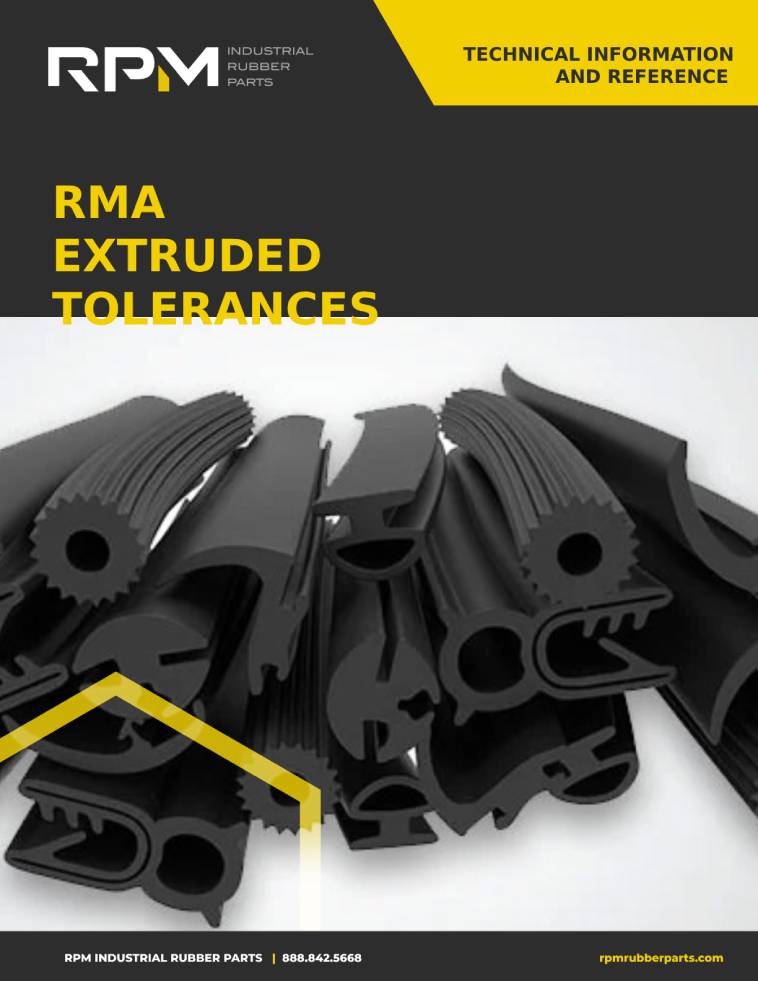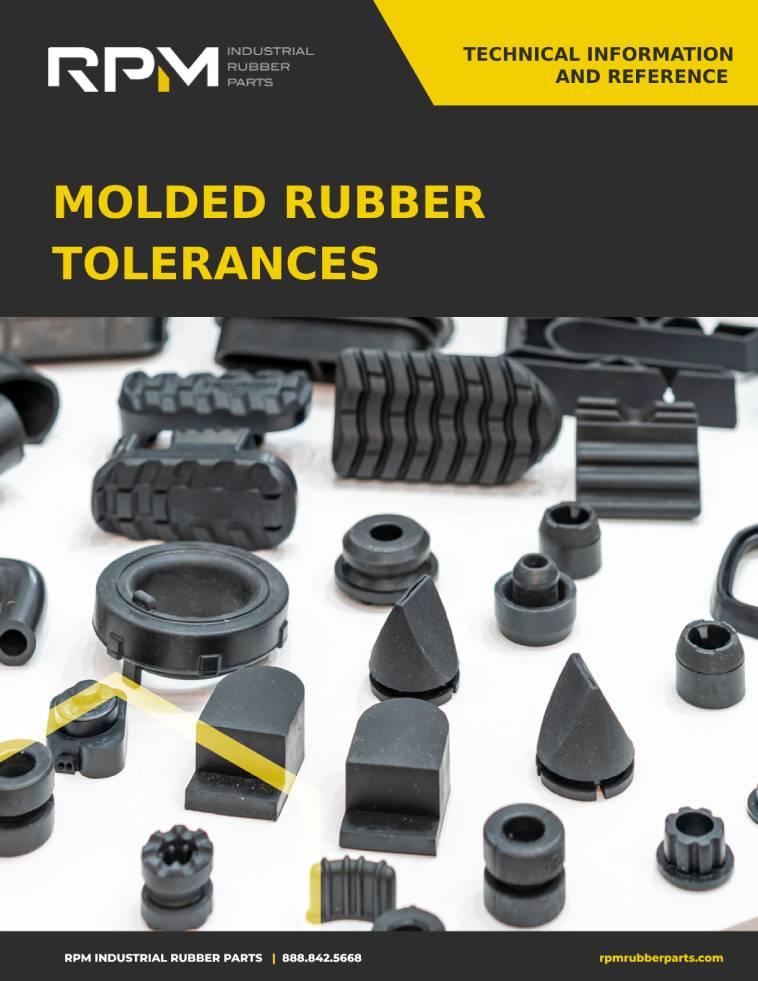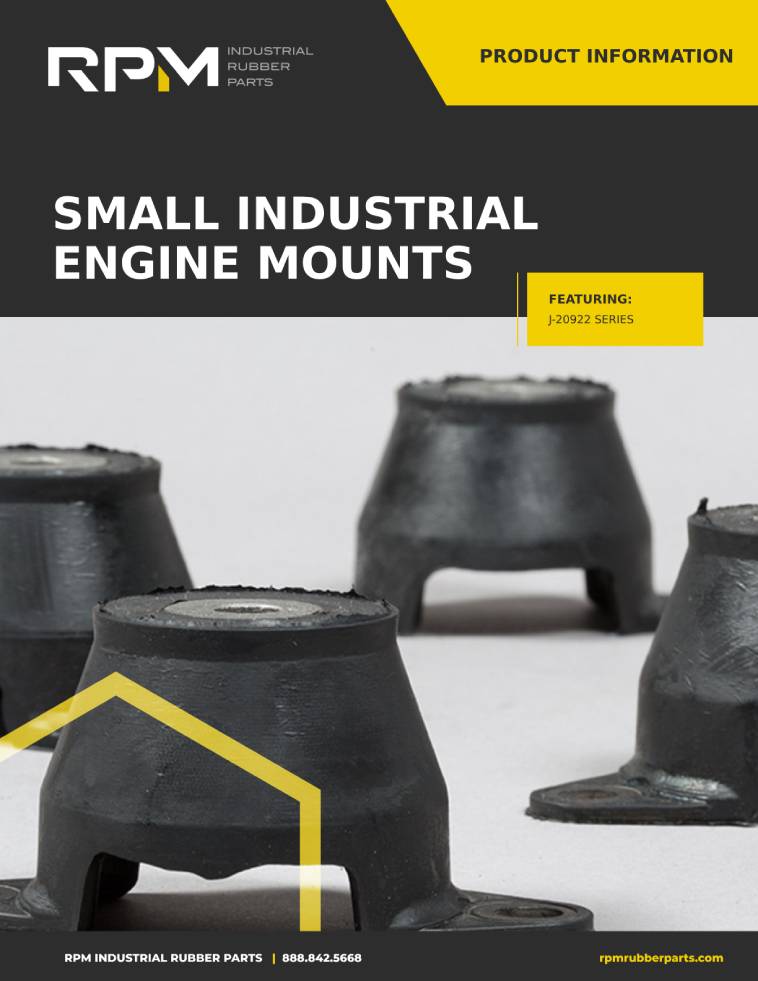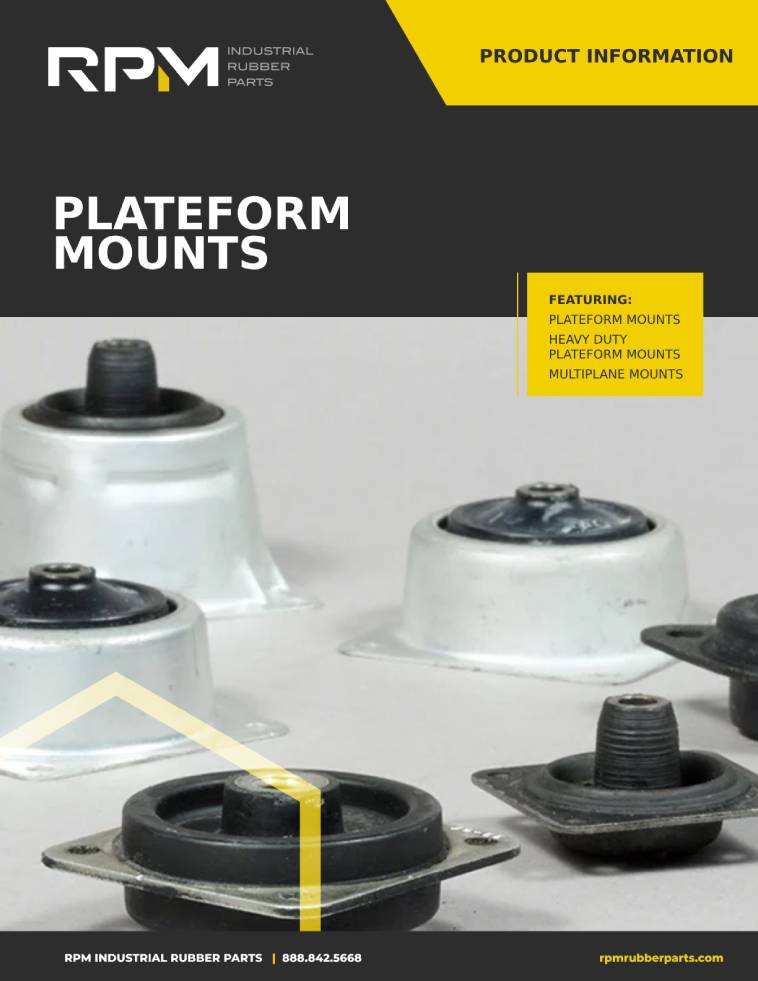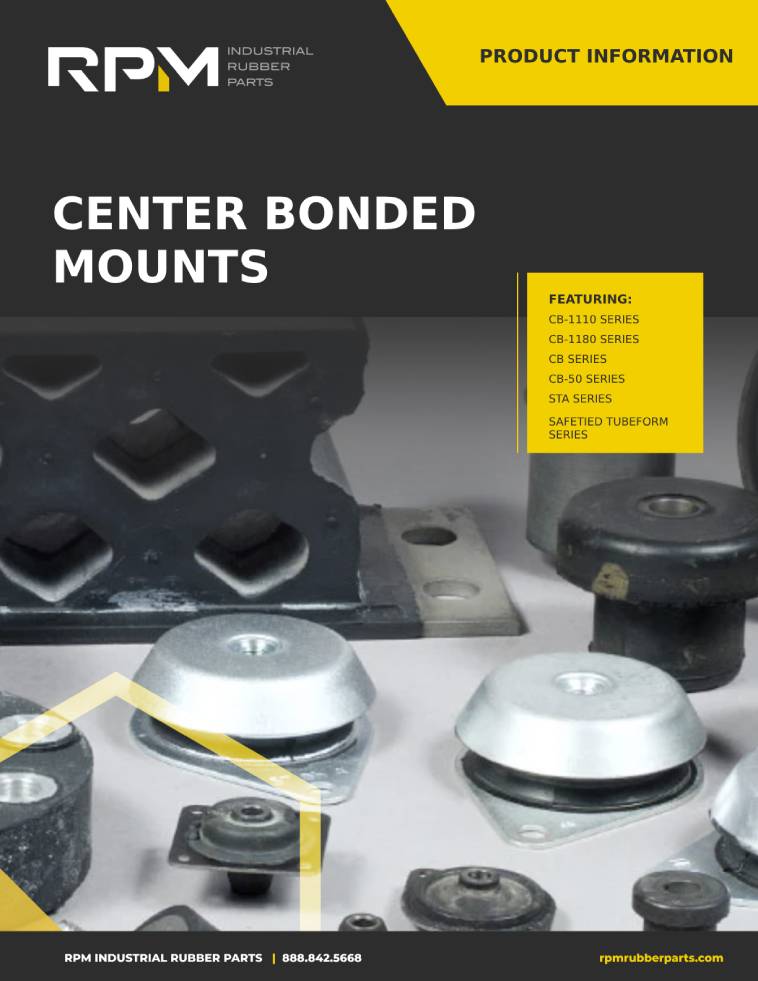Off-highway electric vehicles (OHEVs) are designed to operate in industries such as construction, agriculture, and mining, where vehicles (and equipment and machinery) need to operate off public roads and on rugged terrain. OHEVs, including excavators, bulldozers, loaders, tractors, and mining trucks, utilize electric motors powered by batteries that are charged via an external power source or regenerative braking.
Off-highway electric vehicles offer several advantages over their gasoline and diesel-powered ICE (Internal Combustion Engine) counterparts, including reduced emissions, improved performance, and lower operating costs. In industries such as mining and construction, where air quality and noise levels can be a concern, OHEVs can reduce both polluting emissions and harmful noise. Electric vehicles also feature better acceleration and torque than diesel counterparts, allowing for improved performance on challenging terrain.
While the initial cost of OHEVs is currently typically higher than ICE vehicles, reduced maintenance needs and lower fuel costs offer significant cost savings over the vehicle’s use. And as EV technology continues to improve alongside implementation, this initial cost differential is expected to decrease over time.
Considering these benefits, alongside increasing fuel costs and increasingly strict emissions regulations, it’s no surprise that the off-highway electric vehicle market is booming.
And while all signs point to increased adoption in established industries such as construction, mining, and agriculture, steadily improving technology means the likelihood of adoption across a wide range of as-yet unaccessed industries grows daily.
Though currently small, the OHEV market is expected to grow exponentially as the shift from fossil fuels increases.
What are the major benefits of off-highway electric vehicles?
The use of off-highway electric vehicles offers significant benefits to companies in a variety of industries. As the technology continues to improve and become more affordable, we can expect to see a continued increase in the adoption of electric vehicles and machinery.
Major benefits of using off-highway electric vehicles include:
Environmental benefits: Off-highway electric vehicles produce fewer emissions than their ICE counterparts, which is important in reducing the carbon footprint of industries such as construction, agriculture, and mining. This makes electric vehicles an attractive option for companies that are committed to reducing their environmental impact.
Within the construction industry, for example, traditional diesel-based construction equipment is a major source of pollution. By switching to electric vehicles, construction companies can reduce their carbon footprint and contribute to a cleaner environment.
Reduced operating costs: Electric vehicles have lower operating costs than diesel vehicles, as they require less maintenance and have lower fuel costs. Considering the cost of fuel is often a major expense, this can lead to significant cost savings for construction and other companies that use off-highway vehicles extensively.
Improved performance: Electric vehicles have faster acceleration, better torque, and smoother operation than ICE vehicles. This can be especially beneficial in industries such as mining and construction, where heavy loads need to be moved quickly and efficiently.
As the technology continues to develop, the range and capabilities of electric vehicles are continually improving, allowing them to perform a wider range of tasks and operate for longer periods of time.
Flexibility: Electric vehicles can be charged by a variety of renewable energy sources, including solar and wind. This makes them a flexible option for companies that want to reduce their carbon footprint and become more sustainable.
Lower noise levels: Electric vehicles operate more quietly than diesel vehicles, which can be an important consideration in industries such as construction, where noise levels can be a concern.

Do you really know everything about designing with rubber parts?
Get a free and valuable resource for finding or custom designing the exact part you need.
Industries Currently Using OHEVs & Electric Machinery
Off-highway electric vehicles have already been successfully implemented across an impressive array of industries, with adoption expected to grow.
The three industries experiencing the largest impact from the use of electric machinery are mining, construction, and agriculture.
Driven by stricter emissions regulations and rising fuel costs, some expect that by 2025, a majority of heavy equipment used by the construction industry will be driven by electric or hybrid power. Electric construction vehicles and equipment are the future.
Within the mining industry, the use of electric vehicles continues to grow. With mining companies adopting electric vehicles to reduce emissions, improve safety, and reduce operating costs. Electric vehicles and machinery are particularly well-suited to underground mining, where the lack of ventilation makes diesel-powered vehicles dangerous.
The third major industry utilizing OHEVs, agriculture, is rapidly developing electric tractors capable of being controlled autonomously and other equipment capable of offering similar performance to diesel-powered engines, while reducing emissions and operating costs.
The marine industry is also adopting electric vehicles, with electric boats and ships being developed for both commercial and recreational use. Electric boats offer lower emissions and operating costs than traditional gasoline-powered boats, making them an attractive option for environmentally conscious consumers and businesses.
And while certainly not off-highway, the transportation industry continues to see a rise in the popularity of electric vehicles. Electric cars, buses, and trucks are becoming increasingly common on our roads, as they offer lower emissions, lower operating costs, and a smoother driving experience than their traditional gasoline-powered counterparts.
As more companies recognize the benefits of these technologies, the adoption of electric vehicles and machinery is expected to continue to grow across a wide range of industries.
OHEV Challenges
While off-highway electric vehicles offer many benefits, there are still several challenges associated with their use:
Limited availability of models: The availability of off-highway electric vehicle models is currently limited compared to diesel models. This can make it difficult for companies to find the right vehicles for their specific needs.
- Range limitations: Electric vehicles typically have a limited range compared to diesel vehicles, which can be a challenge in industries where vehicles need to operate for long periods of time without the ability to recharge. This can be addressed through the use of larger batteries or charging infrastructure, but these solutions can be costly.
- Initial cost: Off-highway electric vehicles tend to be more expensive than their diesel counterparts, which can be a barrier to adoption for some companies. However, this cost differential is expected to decrease over time as the technology continues to improve and become more widespread.
- Charging infrastructure: In order to operate electric vehicles, charging infrastructure needs to be available. This can be a challenge in remote or rural areas, where access to electricity is limited. However, this can be addressed through the use of mobile or portable charging solutions.
- Heavy weight: Electric batteries tend to be heavy, which can be a challenge in industries such as construction and mining, where weight is a critical consideration. This can be addressed through the use of lightweight materials or alternative battery chemistries, but these solutions can be costly.
OHEVs are the Future
The market for off-highway electric vehicles is expected to grow significantly over the coming years, driven by increasing demand for sustainable and environmentally friendly solutions in industries such as construction, mining, and agriculture. With governments around the world offering various incentives and subsidies to promote the adoption and transition to electric vehicles in various industries, there has never been a better time to get involved. The rapidly improving technology behind OHEVs is creating increased efficiency, performance, and range, making electric vehicles an increasingly viable option for a wide range of off-highway applications.
RPM offers cost-efficient, tested, and reliable, rubber-based solutions to aid in your OHEV development. Reach out and one of our experts will help you find the perfect solution for your unique needs.
To get in touch with our team at RPM Industrial Rubber Parts, give us a call at (888) 842-5668 or contact us online.
Related Resource
The Engineer’s 7-minute Guide to Rubber Molded Parts
Our free resource is a quick-reference guide to help you determine if exploring a rubber part is right for your application.









